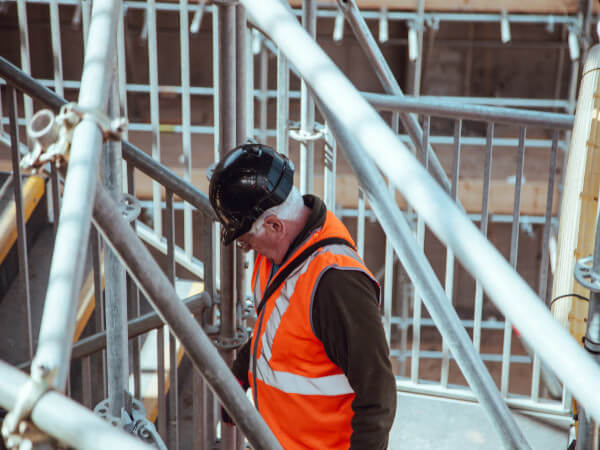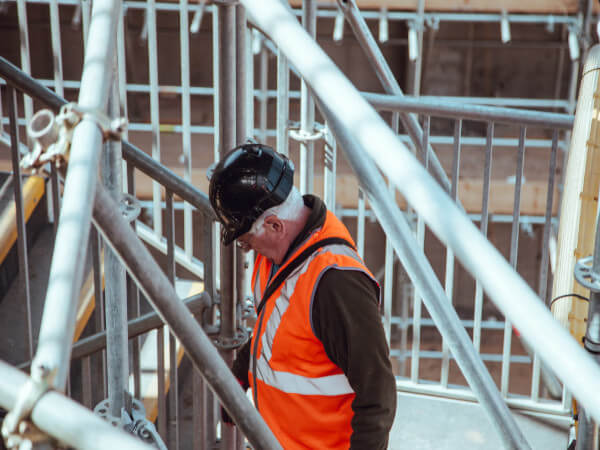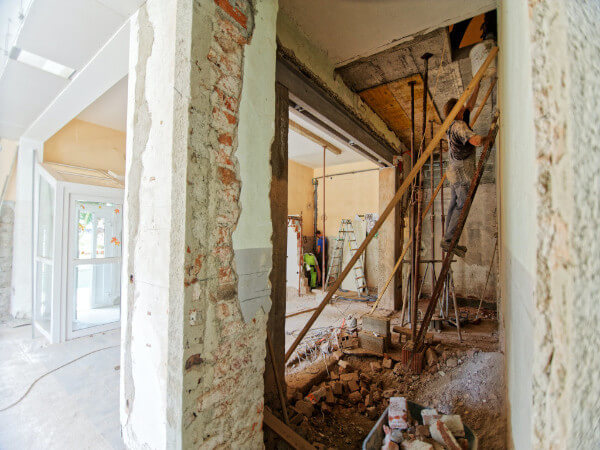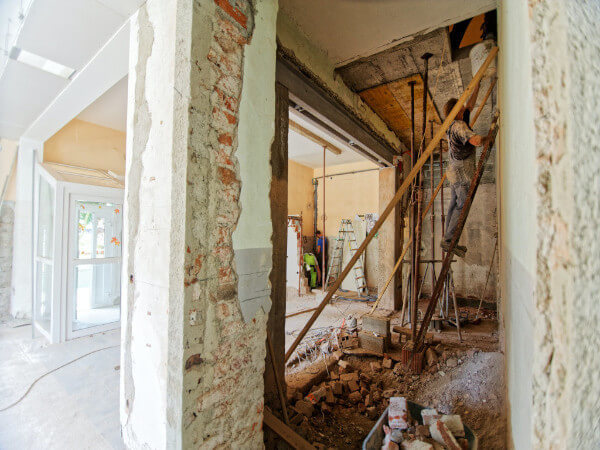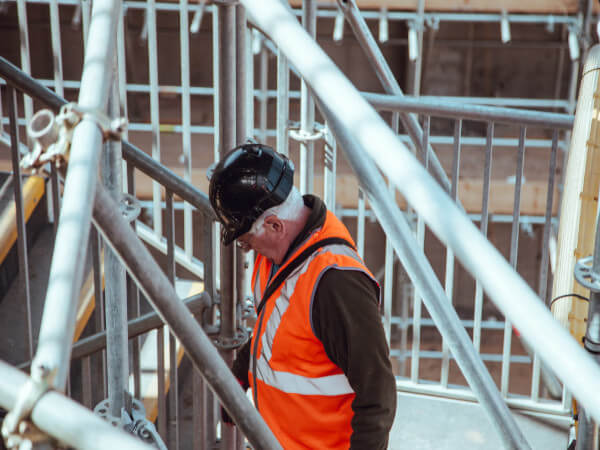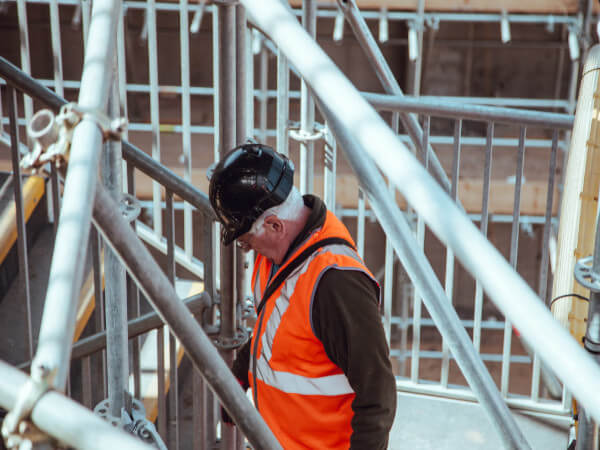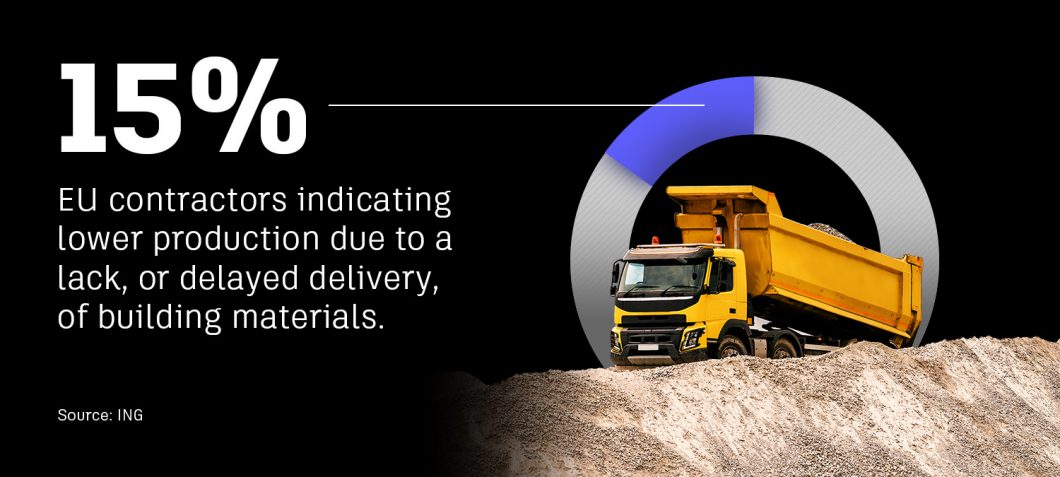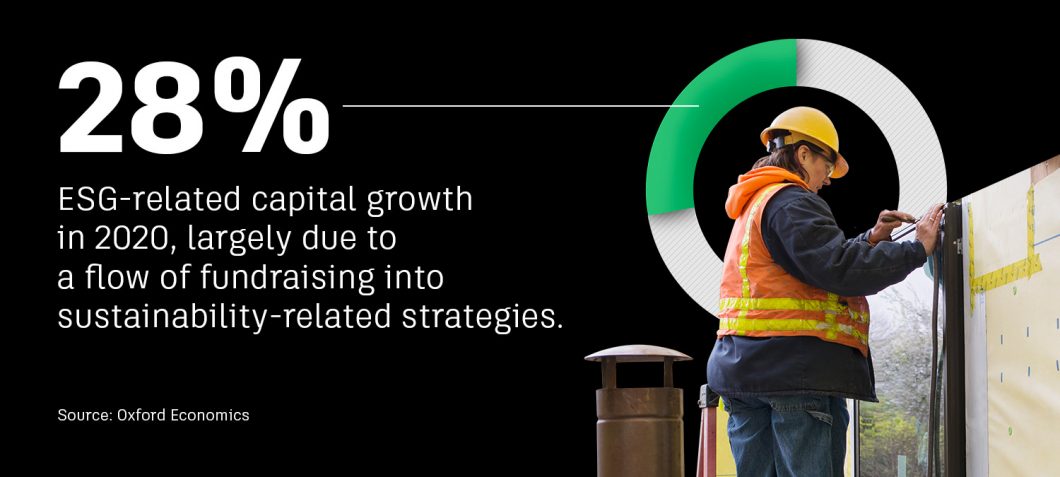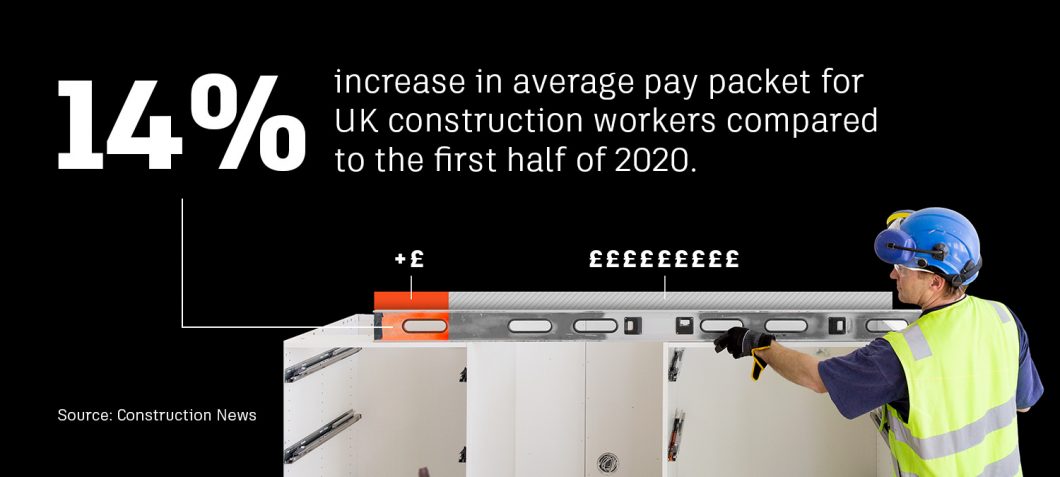Masonry is non-combustible and provides a barrier to fire. It also helps regulate the temperature in buildings, saving energy costs. Masonry Charleston SC is durable and requires less maintenance. Brick, concrete block, and stone are commonly used in masonry construction. These materials are stacked together and held in place by mortar.
 Masonry is a building material that is durable and can stand up to many types of weather. It can be made from brick, concrete blocks, or stone and is held together with mortar. It can be used to build walls and support roofs. Masonry is non-combustible, which can help protect buildings from fire. It is also energy efficient, as it helps regulate the temperature inside buildings and reduces the need for heating and cooling systems. It is easy to maintain and can last for centuries. It is available in a variety of textures, colours and patterns, making it an ideal choice for a wide range of architectural styles.
Masonry is a building material that is durable and can stand up to many types of weather. It can be made from brick, concrete blocks, or stone and is held together with mortar. It can be used to build walls and support roofs. Masonry is non-combustible, which can help protect buildings from fire. It is also energy efficient, as it helps regulate the temperature inside buildings and reduces the need for heating and cooling systems. It is easy to maintain and can last for centuries. It is available in a variety of textures, colours and patterns, making it an ideal choice for a wide range of architectural styles.
Brick and concrete are commonly used materials in masonry construction. These materials are sourced from mined deposits of clay, sand, gravel and rock. The materials are then combined with water, crushed or ground to form a slurry that is poured into molds. These molds are arranged to form the desired shape of the masonry unit. The slurry is then dried, and the units are fired in a kiln to harden them. Masonry is a popular building method for both commercial and residential structures. It is a good choice for homes, as it can add a classic look and is affordable. Masonry is also a good option for commercial buildings, as it can increase the value of a property and attract potential buyers.
However, masonry is not suitable for all construction projects. It requires a stable foundation, which can be expensive and time-consuming to install. It is also prone to cracking and requires regular maintenance. It is important to choose a professional contractor for masonry construction.
In addition, masonry structures are heavier than wood frames and can be difficult to transport. Moreover, masonry is not well suited for earthquakes, as they rely on their weight to keep them in place rather than the strength of the individual bricks or concrete blocks. This can result in building collapses during an earthquake.
While masonry is durable, it can be damaged by fire and other natural disasters. Masonry is not as insulated as wood frame construction, so it can require more energy to heat and cool a house. However, it is a better choice for homes with children and pets, as it will not easily crack or warp.
It is affordable
Masonry is a cost-effective building material that can provide significant savings in the long run. Its durability, low maintenance needs and energy-saving benefits make it a popular choice for homeowners and contractors. It can also add value to your home by increasing its curb appeal.
However, masonry is not a suitable option for every project. It requires a high level of skill, especially when dealing with brick and stone. It can be costly to hire experts with specialized construction skills to complete masonry projects. Additionally, putting off masonry work can result in further damage to the structure and deteriorate it at a faster rate. It is important to do masonry projects as soon as possible to reduce costs.
In addition to its aesthetic appeal, masonry is non-flammable and has superior fire safety features. This feature can help property owners save money on insurance premiums. It can also provide protection from other forms of damage, such as floods and tornadoes. Masonry is also resistant to rot, termites and mould.
Moreover, the retaining walls built with brick and stone are attractive and add value to properties. The walls can protect soil and keep out weeds. They are also great for separating garden areas and lawns. Masonry can also be used to create sidewalks and patios. It is important to consider the size and shape of a retaining wall before choosing a material. For instance, a large brick wall may take up more space than a smaller one.
The loadbearing masonry system is an affordable solution for many applications. It is less expensive than a steel frame and eliminates the need for a foundation. It can also be constructed in a variety of configurations, including circles and arches. Additionally, it offers more flexibility and design options than other systems.
The most obvious benefit of masonry is its thermal mass properties. Its slow rate of heat discharge keeps interior temperatures warm in winter and cool in summer, resulting in lower energy bills. This advantage is complemented by the fact that masonry materials are non-flammable and do not degrade or decay quickly, which makes them a greener alternative to other building materials.
It is easy to install
Masonry is a material made of bricks, blocks, or stones that are joined together by mortar. It’s durable, affordable, and a good choice for many different projects. It is also resistant to fire, and can help protect your property from termites. However, masonry requires proper installation to ensure that it is structurally sound and looks good. It’s important to use a mason who is licensed and insured.
Load-bearing masonry walls are built with bricks, concrete blocks, or stone and transfer loads directly to the foundation. They can be used as interior or exterior walls and are usually thicker than framed walls. They are less expensive than framed construction. However, they are not as insulating and can make buildings too cold in northern climates.
Most masonry structures are built on solid foundations, either soil that hasn’t been disturbed before or fill that has been mechanically compacted. The footings must be below the frost depth, which is the deepest that the ground is expected to freeze in winter. This is because masonry, especially brick, can crack if the foundations move.
A foundation should be laid with a full bed joint, and the mason should spread a thick layer of mortar over the entire surface to provide a stable base for the rest of the masonry construction. The thickness of the mortar should be a minimum of 3 in., but it can be up to 6 in. It is also a good idea to apply a water repellent coating to the wall.
It is common for masonry to require repairs over time. Some of these are minor, such as chipping or cracking in the surface of a brick. Other repair needs are more serious and can involve removing and replacing parts of the structure, such as the grout or mortar.
Masonry work is a complex process that takes training and experience to learn. While it may be tempting to try DIY masonry work, it is often more cost-effective to hire a professional mason. They can use tools that are not typically found in a homeowner’s toolbox, and they can also save you money in the long run by saving you the cost of materials and equipment.
It is beautiful
Masonry is a beautiful construction method, and it can enhance the beauty of any home. It can also be used to create unique outdoor features, such as stone walls or pillars and patios with a fire pit or fireplace. Masonry can help reduce energy costs because bricks and stones are more insulating than wood. Masonry is also resistant to mold, rust, and insects. It is important to choose the right materials and tools for masonry work, as these will affect the durability of your finished project.
Masons have been creating stunning buildings for thousands of years, and their work has inspired architects throughout history. From the brownstones of Boston to The Pantheon in Rome, many of our world’s most iconic buildings are constructed with masonry. Masonry is a discipline that requires a great deal of skill and creativity, as well as a deep understanding of physics and engineering. Masonry is also a very versatile material, allowing builders to create vaulted arches that seem to stretch into the sky and beautifully ornamented doorways, alcoves, and niches.
While constructing properties using masonry materials may take longer than a standard building project, it can be made more efficient by planning ahead. Masonry is typically a labor-intensive process, and the time it takes to complete a building can be affected by weather conditions. Rain and cold temperatures can prolong the construction process by preventing masons from working on-site.
A masonry contractor can help you decide what type of masonry to use for your project and how to install it properly. They can also offer maintenance services, such as waterproofing and on-site repairs. Whether you’re building a new home or renovating your existing one, a reputable Best Pick masonry company can help. They’ll work with you to design a custom solution that will last a lifetime.


